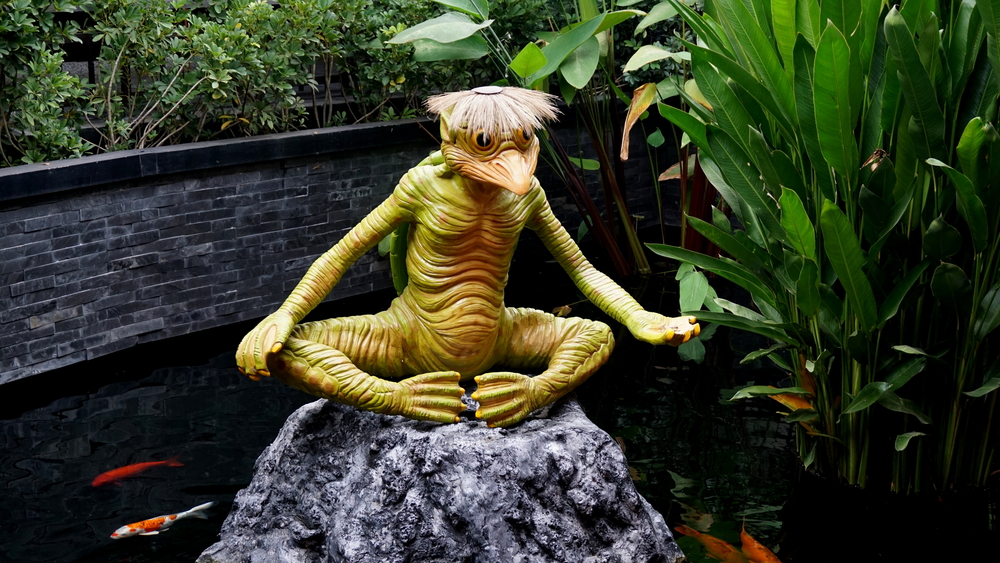
Though the histories of the various cultures of the world are varied in a multitude of ways, there are some surprising similarities to be found. For one, a majority of ancient religions held a deep respect for the natural world. All across the planet, people would attempt to explain or revere various elements around them through stories. Since early civilization required the presence of sources of fresh water to sustain the population, it makes sense that countless spirits are connected to waterways. From the frightening to the beautiful, there are all kinds of interesting water spirits.
The Kappa
In Japan, there is a popular bit of folklore about a river spirit known as the kappa. According to legend, kappas are imps with an amphibious appearance and live in ponds, rivers, and lakes. The most distinct feature of a kappa is a bowl-like indent in its head, said to house a bit of water when a kappa emerges onto land. Some myths state the water stored in the bowl is the ultimate source of power for the kappa, and if the water runs out, the creature will likely die.
Like many imps, kappas are mischievous. Some stories have them committing semi-innocent acts like attempting to peek up a woman’s kimono, while more tell of kappas that drown people and animals in the water for no particular reason. Interestingly, the easiest way to please a kappa is by offering it a cucumber. Many festivals throughout Japan will include a cucumber as a way of asking for good fortune from the waters. Some stories also say that kappas love sumo wrestling and will engage whenever challenged.
The Naiad
Anyone familiar with Greek mythology in any capacity is somewhat familiar with naiads. These spirits are often called nymphs and are typically depicted in art and poetry as having the appearance of a human woman. Naiads are not goddesses in the traditional sense, but the spirits still have significant power and magic when compared to the average mortal. These spirits were also associated with fresh water, as opposed to the oceanids that represented the sea. Most are connected to a specific place, and there are hundreds of named naiads throughout myth and text.
One trope that tends to pop up throughout stories is the tale of the king who married a naiad and built a city near the spirit’s water source. There are countless myths that include this type of detail, which can make sense considering the significant part that rivers and lakes play in selecting a location for a settlement. Ancient Greece had a number of cults dedicated to naiads, and rituals honoring these spirits were commonplace coming-of-age traditions. Still, the spirits were also said to be dangerous at times and were not a force to be trifled with.
The Zin
In West Africa, the Songhai and Zambian peoples have several bits of folklore about river spirits. The most important water spirits tend to be the zin. Similar to water spirits from other mythologies, the zin are said to inhabit rivers and lakes. The most prominent of these spirits is Zin Kibaru. This particular water spirit was said to be blind and had the ability to command all of the fish. However, in contrast to the water spirits of other cultures, the zin do not seem to have mischievous or mean intentions toward humans.
The myths and histories of the world all point back to the resources that helped early society take off. Though modern people might not worship river and sea spirits in the same way as their ancestors, plenty of humans still honor the importance of water in how they go about their daily lives.

